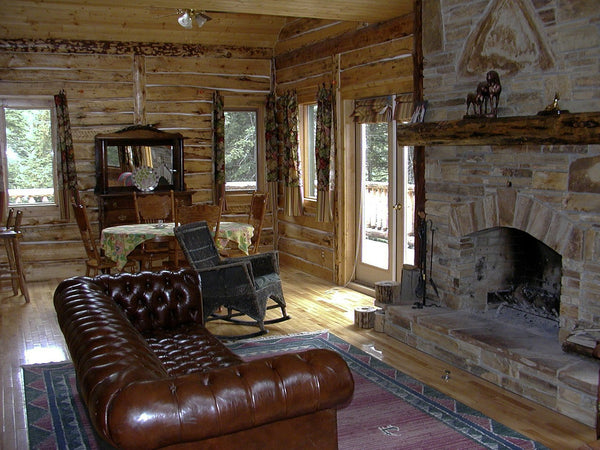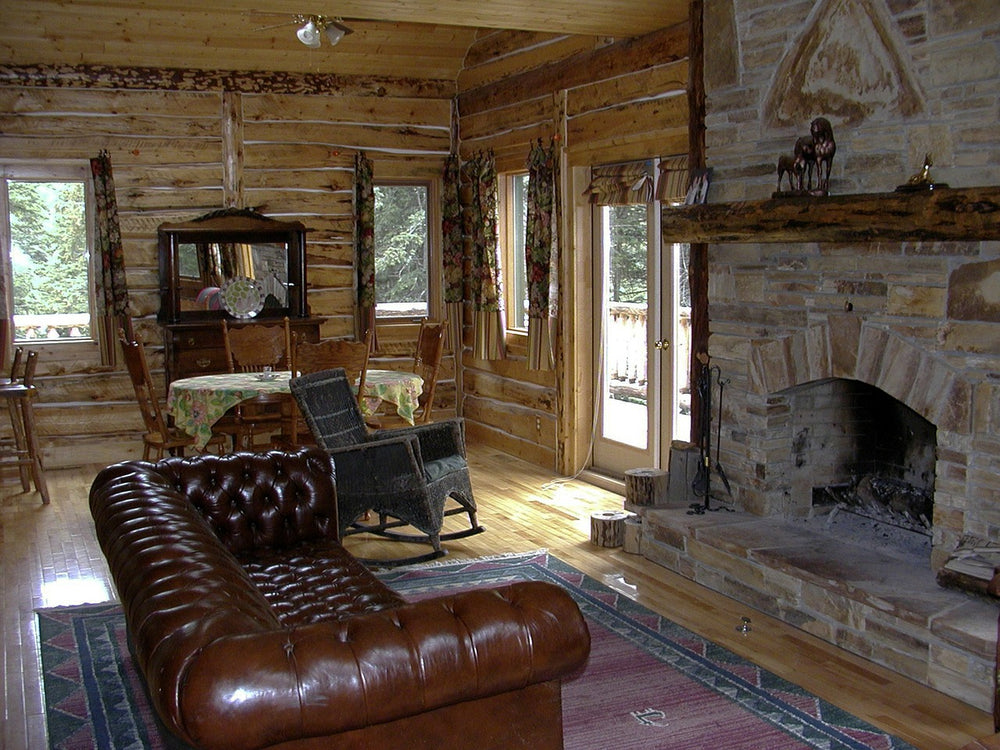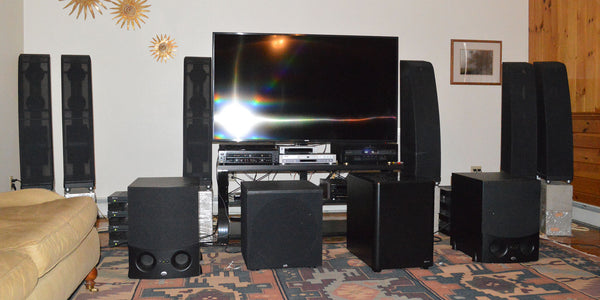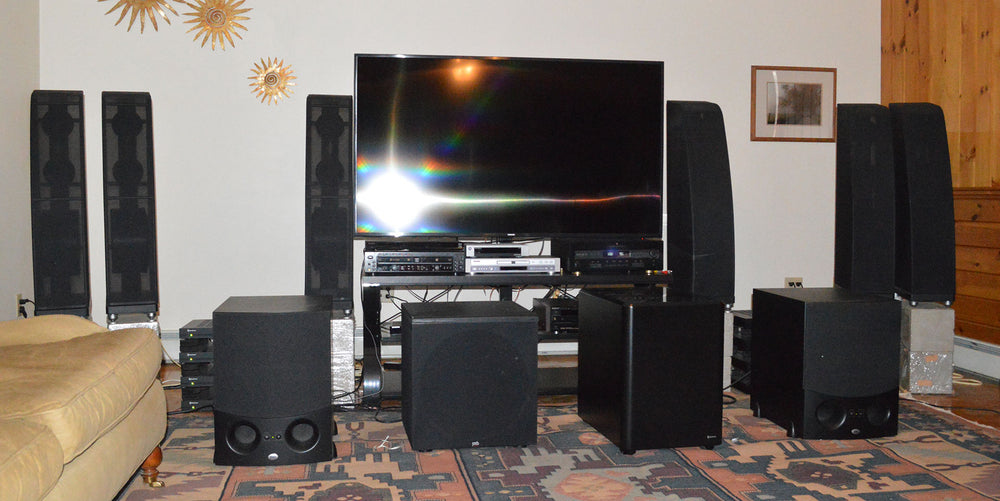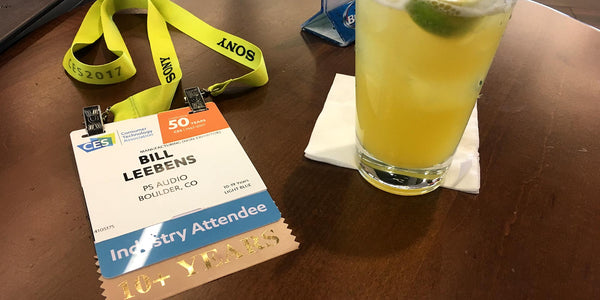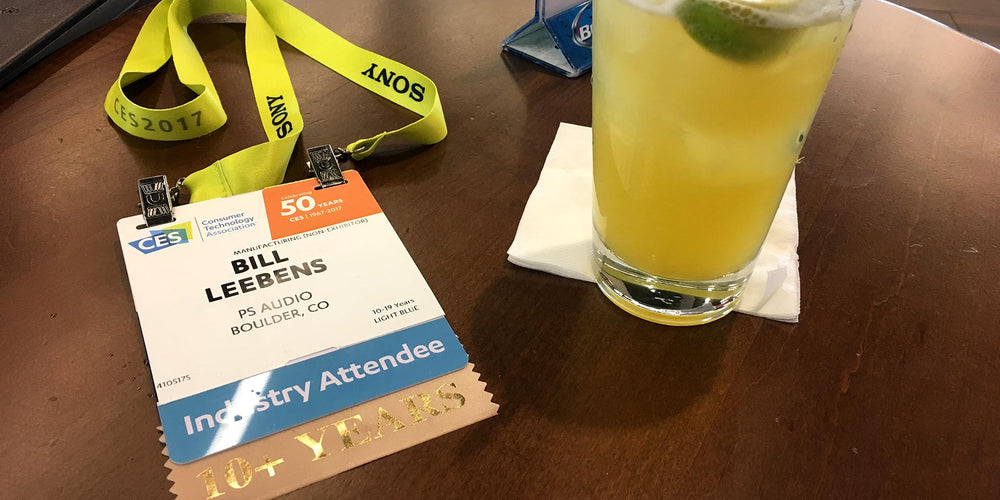You probably know that the vinyl LP is enjoying an incredible regeneration in interest. Not that it was ever dead in many of the circles that I encounter. Quite the contrary, in fact.
Since a number of Copper’s readers might consider themselves vinylphiles, I thought it’d be a good idea to make them angry with this article… NOT! 🙂
However, I do want to say a few things that might make some readers unhappy. So consider this a thought piece.
Why I cringe
In my travels, attending and participating in shows, dealer events, and countless voicing sessions, including those going back for over 35 years, I have yet to encounter a single turntable that I thought was voiced as well as it could have been. That’s right, I’ve never heard one that I thought was delivering all of the music!
The bad news is that all of them could have been better. Some ‘tables needed just a bit of help – and sadly, some required a lot. The good news is that — at least in recent times — typically, it didn’t take much to effect an improvement. When I had the opportunity to experiment, it always proved to be the case that I could make that vinyl-playing-rig sound better. And it often didn’t take long to do it. Maybe that’s why I cringe when I see audiophiles claiming their ‘tables sound so good. They might sound OK, but are they playing at the level that they could? Probably not.
Vinyl – Vivid or Veiled? – A Dozen Dilemmas
To be fair, who knows what our vinyl replay is really supposed to sound like? The truth is, none of us have that information, and (with a few exceptions) that may include the mastering engineer.
1) Most of us fancy ourselves as purists who wouldn’t sully our rigs with EQ – analog or digital. I cannot recall many audiophiles answering YES to this question: “Would you use a full-range equalizer in your system?” Yet every time we play an LP, the sound has gone through not one, but two levels of EQ! First, the RIAA mastering curve is introduced to the LP itself, and then we must play the LP back through a phono preamp stage that contains (hopefully) the mirror image EQ to get us back to “flat” response.
This situation assumes precisely mirror-imaged curves (recording & playback), which, truth be told, occurs less frequently than we might think. Different labels introduce slightly different emphasis. Earlier, pre-RIAA recordings used their own “in-house” EQ curves (which is why manufacturers such as Zanden offer a selection of EQ curves). So we have two levels of the dreaded EQ, and they may not be accurately EQ’d for some of our recordings anyway.
2) Most audiophiles pay attention when they see an electronic design that has managed to dispense with an extra gain stage, but for some reason, they give the additional – and relatively high-gain – phono-stage a pass. Additionally, if we have moving-coil cartridges, then we may opt to purchase a high-quality outboard phono-preamp. Same EQ question, same gain required, only now we’ve introduced even more cables and connections into the equation.
Of course, this is totally against what we attest to – or have been led to – believe is best – fewest gain stages, fewest connections & cables, but, hey, this is analog, so fuggedaboutit! 🙂
3) You never see mention of the varying eq in the high frequencies as you get further into the center of the LP. In other words, cutting requirements may require a subtle (or sometimes severe) change in high frequencies as the stylus gets nearer to the inner grooves.
4) Sadly, no engineering breakthroughs have occurred that significantly reduce inner groove distortion – it’s simply a part of the vinyl LP package.
5) You do know that no two (same brand & model) phono cartridges sound the same, right? Question – is the one that you own the best of its breed? Have you compared it to other cartridges of the same manufacturer and model number? Just asking… ☺
I remember going through a number of Decca London cartridges (back in the’70s) to find one that didn’t sound too harsh, too thin, too bass heavy, mistracked less, and so on. The Deccas were primarily known for two things – potentially awesome sound, and – unfortunately – total inconsistency in sound, from cartridge to cartridge (but this was the same model – such as the Mk. 5). I was a Decca dealer at the time, so I could hand-pick from our stock – but our clients? Not so much.
Fortunately, today’s cartridges are far better, and much more consistent in performance. But you do know they still don’t sound alike, right?
6) The varying thickness of LPs will mean that often you will not be playing your LPs at the optimum SRA/VTA. Are you going to readjust for every record, or simply live with the resultant degradation in sound.
I only know of one audiophile who has worked out a repeatable and fairly straightforward technique to adjust SRA. Certainly there are more – I just haven’t met them. However, when he changes cartridges, it’s a new game and he’ll have to log it all over again. Sheesh…
7) IMO, as someone who has made hundreds of master recordings (mostly for NPR broadcast) – both 30 and 15 IPS analog as well as digital – when I hear an audiophile claim that analog LPs deliver the music in true reference quality, it simply indicates that they have never heard a true master tape (not a commercial copy) compared to the resulting commercial LP.
The tape master makes the LP sound broken – lacking in dynamics, tone, & presence. No turntable at – any price – can bridge the inherent gap between the master tape and the mastered LP. It is HUGE – and even that comparison assumes the use of a correctly set-up turntable/phono-stage rig.
Now there is a growing group of audiophile who are paying big money for second generation – often third or worse – copies of the master tapes. And they say that those copies are w-a-a-a-y better than the corresponding LPs.
8) These days, anyone who is willing to go to the effort and expense of playing vinyl LPs should have managed to properly execute the basic mechanical aspects of setting up their turntable. And now, there are a number of useful tools that make the mechanical aspect of the task achievable. When I a mention that I still encounter turntables that fall short, it’s rarely from the mechanical set-up side – overhang, azimuth, etc. That’s good news indeed. The one mechanical aspect that often can still be addressed is turntable isolation.
9) One more mechanical aspect that can sometimes be addressed would be the variable ratio of moment of inertia of the counterweight and cartridge (when the option is available). This can make a significant difference in dynamics.
10) The areas that seem to consistently benefit from a bit more work are phono cartridge loading, vertical tracking force, VTA/SRA, and anti-skate. I do NOT feel that gauges can get this job done – you need to LISTEN to the effects of all of them. And they are inter-related – as is room temperature (which is often ignored).
11) Finally, if the main system hasn’t been dialed in to “play the room” how can the vinyl lover know if his/her adjustments are going in the right direction? This reminds me of RoomPlay Reference clients who come here, and at some point, ask to hear their CD, because they “know it”. IMO, they probably do NOT know it, but I try not to say that – at least not right away.
12) Need I mention LP surface noise?
A finyl word
When a digital system is done right, or at least pretty well, the music can flow and pluck your heartstrings. Although I love to listen to my vinyl, I haven’t in several years, preferring for a number of reasons (mostly a lack of time) to pursue making my digital archives the medium of choice.
Most of my clients assume – and often mention – that one reason the sound is so listenable is that I am playing “Hi-Rez” digital, but no, it’s simply 16/44.1 material done with care. This news usually comes as a big surprise to them. No one ever complains or expresses a desire to hear vinyl. Maybe it’s just an unusually polite crowd, who knows?
All the above being said, I wish there weren’t this source divide, but it is very real. Fortunately, it seems to be softening. And maybe it’s healthy, if it keeps us engaged.
It would be nice if some audiophiles would stop and think before declaring that their vinyl playback is the superior/more accurate/higher resolution medium. Maybe it is for them (IF they address the issues above), but these days, it’s not necessarily for others.
The current digital offerings are worth the effort of exploring now, if for no other reason than archiving your beloved analog LPs. And yes, in some cases, better sound. There, I said it.
Note: This Copper article has been excerpted and edited from an article I wrote several years ago for Chris Sommovigo’s The High Fidelity Report – now known as Simple Mag – http://thehighfidelityreport.com/ You can also read Jim’s work at his website. www.getbettersound.com



